Laser printers vs Inkjet: Which is best for the workplace?
You should always use a laser printer over an inkjet for business, right? Not necessarily
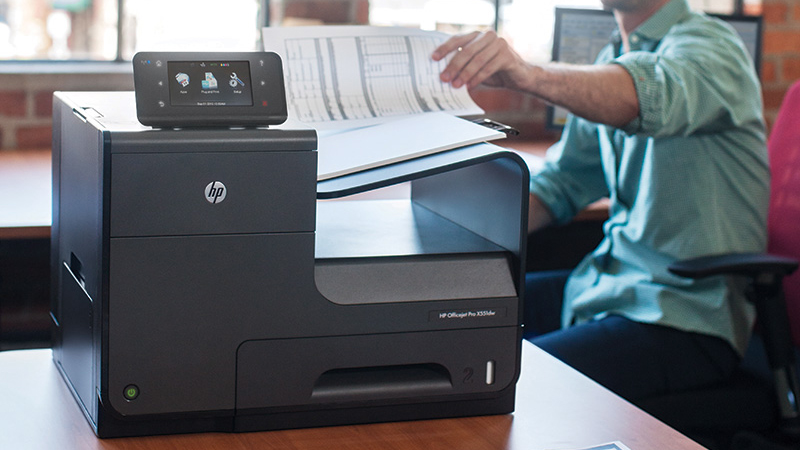

Despite living in the age of the paperless office, inkjet and laser printers are still the centre of a big office debate that has no easy answer.
Which one you use in the office is dependent on a number of factors, such as the initial cost, price per page, speed, longevity, and so on. There's a lot to get wrong, so it needs to be thoroughly considered before making the final call.
Back in the day, inkjet was often recommended for home use, while laser printers were more popular in enterprises and offices, but this isn't necessarily the case anymore. Laser printers used to be known for being faster and more durable, but inkjet technology has slowly narrowed that gap. However, laser printers are still known for being much quieter and with a smoother finish, with no warm-up time required before printing.
Are laser printers better?
If your decision is based on speed, there isn't much of a difference between inkjet printers and laser printers. The former used to max out at around 30ppm in black and white, and 10ppm for colour, while most laser printers could hit 40ppm in both colour or black and white.
Even now, with modern laser printers capable of 60ppm or even 70ppm, there isn't a significant gulf. A newer generation of office-ready inkjet printers, with A4-spanning print heads that can reach speeds of up to 75ppm. The only real advantage for lasers, in this area, is speed of the first printed page, which is around 7.5 seconds. Although inkjets are not much slower, printing the first page in around 9.5 seconds.
RELATED RESOURCE
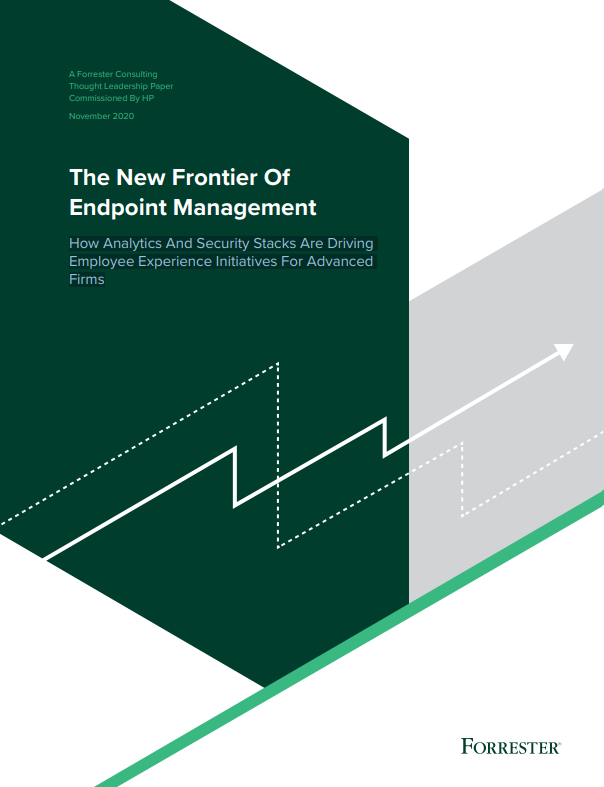
The new frontier of endpoint management
How analytics and security stacks are driving employee experience initiatives
Where laser printers do have an edge is the finished product - the print quality. Lasers tend to produce clean, crisp black text and colour graphics, making them good for external uses such as marketing. Inkjets have improved dramatically when it comes to text, to the point where they're almost a match for laser printers. They certainly produce more natural results, particularly when it comes to photos, hence why the majority of inkjets are professional photo printers. An office inkjet probably won't offer the same photo quality, but it should be more than enough for everything else.
The workload is also an area that laser printers have an advantage over inkjets. Lasers are capable of anywhere between 2,000 and 20,000 pages in a monthly duty cycle. Inkjet users can only dream of such efficiency, typically churning out between 1,500 and 5,000 pages within the same time. That will be adequate for most small businesses, but if you are heavy printers and have a much larger organisation, then it's likely that a laser printer is better suited.
Get the ITPro daily newsletter
Sign up today and you will receive a free copy of our Future Focus 2025 report - the leading guidance on AI, cybersecurity and other IT challenges as per 700+ senior executives
When it comes to the best printers for businesses, you can find both inkjets and lasers making the cut, but the lower asking price for inkjets makes them an attractive option for most deployments.
Laser printers vs inkjet cost per page
Again, conventional wisdom states that lasers are expensive to buy but cheap to run, while inkjets are cheap upfront but cost you more long-term. What's more, where a laser toner cartridge will see you through thousands of prints, an inkjet will need its cartridges replaced far more frequently.
Of course, conventional wisdom is no longer reliable. Look at real laser vs inkjet costs, and you may be surprised. On the one hand, lasers are getting cheaper, and the budget models are coming with smaller starter cartridges that run out fairly quickly, though the standard or super-sized cartridges will still have impressive lifespans. In toner alone, expect the cost per page to come in at around 2p for a black-and-white page and 5p to 10p for a colour page. On the other hand, business inkjets are getting their own costs per page right down, to the extent that some models can now produce prints for around 1p per page for black-and-white to 5p per page for colour. Meanwhile, the extra-large cartridges are able to print over 9000 pages (black) or 6,500 pages (colour).
There are other costs to consider, though. Laser printers deliver excellent results even on plain paper, so there's no need to splash out on speciality media. On the inkjet's side, inkjet-ready office paper is no longer much more expensive, and inkjets usually consume less power in operation than their laser brethren. As a result, running costs can be lower for some inkjets than for comparable lasers. Combine that with a lower purchase cost, and there's definite scope to save your business money.
Is a laser printer better than an inkjet?
Historically, lasers have been the mainstay of workgroup printing, and you'll still find that enterprise-grade laser printers offer more management tools plus support for more high-end technologies such as Gigabit Ethernet and IPSec, not to mention upgrade options like expandable memory or a secure, plug-in hard disk.
All the same, an increasing number of office inkjet printers have the same embedded management features as their laser cousins, plus features like secure pull-printing, where jobs are held in a queue until released at the printer with a PIN code, or wireless, touch-to-print and cloud-printing features that enable the printer to work with a wider range of devices or take print jobs from remote locations. While a laser might offer more management and security features, a business inkjet can still give you all the tools you need.
Today, there is no catch-all answer to the question of inkjet vs laser for the office. It's more a question of scale, workloads and the kind of tasks you need your printer to handle.
Lasers definitely win through when it comes to heavy workloads, networking and management features, professional quality prints and the ability to scale up to serve large teams, but office-focused inkjets aren't far behind in many of these areas and can beat lasers on purchase cost, running costs and everyday performance. Be realistic about your needs, and you should be able to make the right choice.

Clare is the founder of Blue Cactus Digital, a digital marketing company that helps ethical and sustainability-focused businesses grow their customer base.
Prior to becoming a marketer, Clare was a journalist, working at a range of mobile device-focused outlets including Know Your Mobile before moving into freelance life.
As a freelance writer, she drew on her expertise in mobility to write features and guides for ITPro, as well as regularly writing news stories on a wide range of topics.
-
 Bigger salaries, more burnout: Is the CISO role in crisis?
Bigger salaries, more burnout: Is the CISO role in crisis?In-depth CISOs are more stressed than ever before – but why is this and what can be done?
By Kate O'Flaherty Published
-
 Cheap cyber crime kits can be bought on the dark web for less than $25
Cheap cyber crime kits can be bought on the dark web for less than $25News Research from NordVPN shows phishing kits are now widely available on the dark web and via messaging apps like Telegram, and are often selling for less than $25.
By Emma Woollacott Published
-
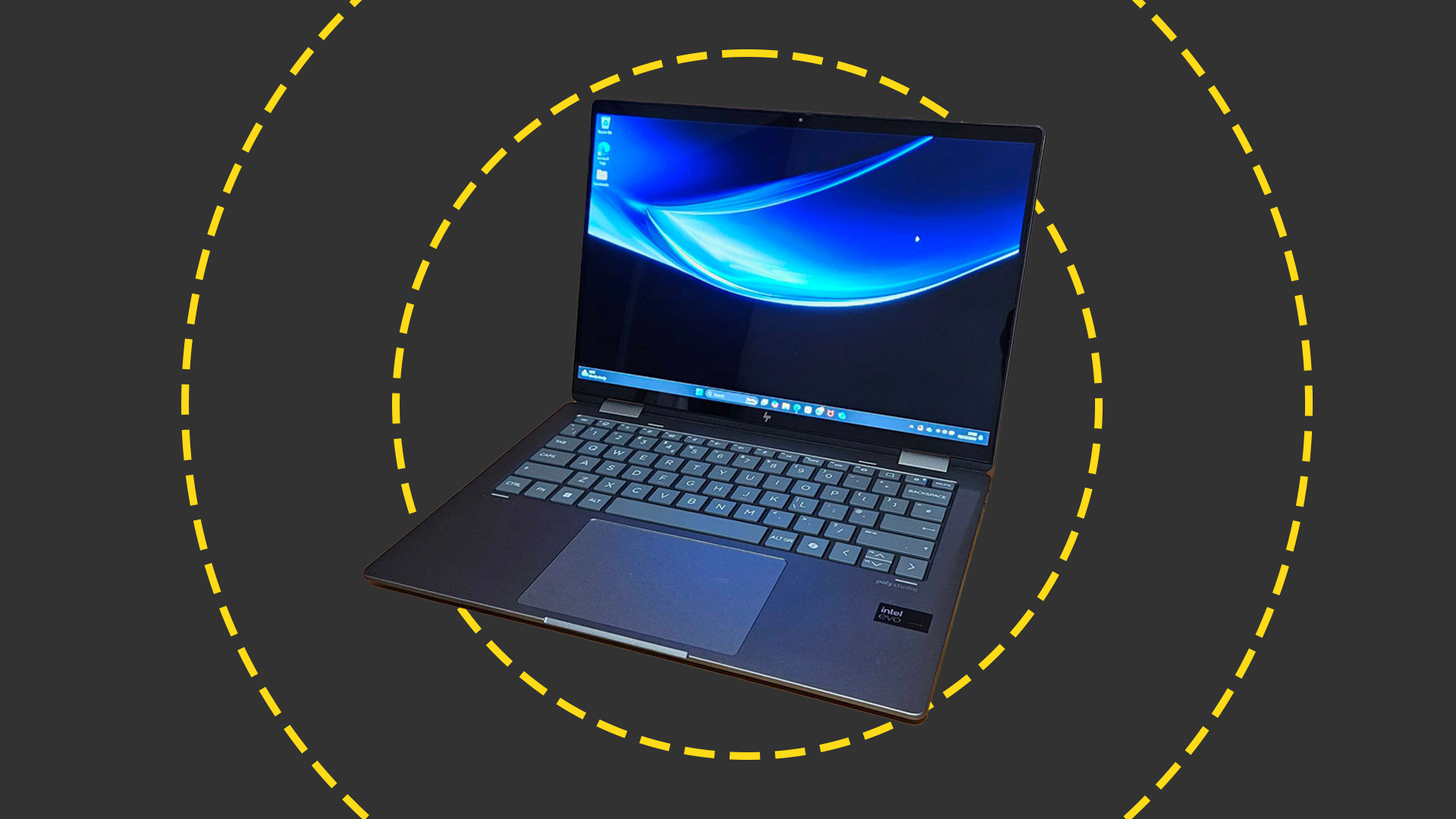 HP Envy x360 2-in-1 (14-FC0009NA) review: A cut-price AI PC for the enterprise
HP Envy x360 2-in-1 (14-FC0009NA) review: A cut-price AI PC for the enterpriseReviews The Intel-powered HP Envy x360 is a decent punt for its price point despite a few bugbears
By Keumars Afifi-Sabet Published
-
 Dell, HP post underwhelming returns as PC market remains in a state of flux
Dell, HP post underwhelming returns as PC market remains in a state of fluxNews Original equipment manufacturers (OEMs) are contending with an impending Windows 10 EOL and a burgeoning AI PC market
By George Fitzmaurice Published
-
 Help skilled workers succeed with Dell Latitude 7030 and 7230 Rugged Extreme tablets
Help skilled workers succeed with Dell Latitude 7030 and 7230 Rugged Extreme tabletswhitepaper Help skilled workers succeed with Dell Latitude 7030 and 7230 Rugged Extreme tablets
By ITPro Published
-
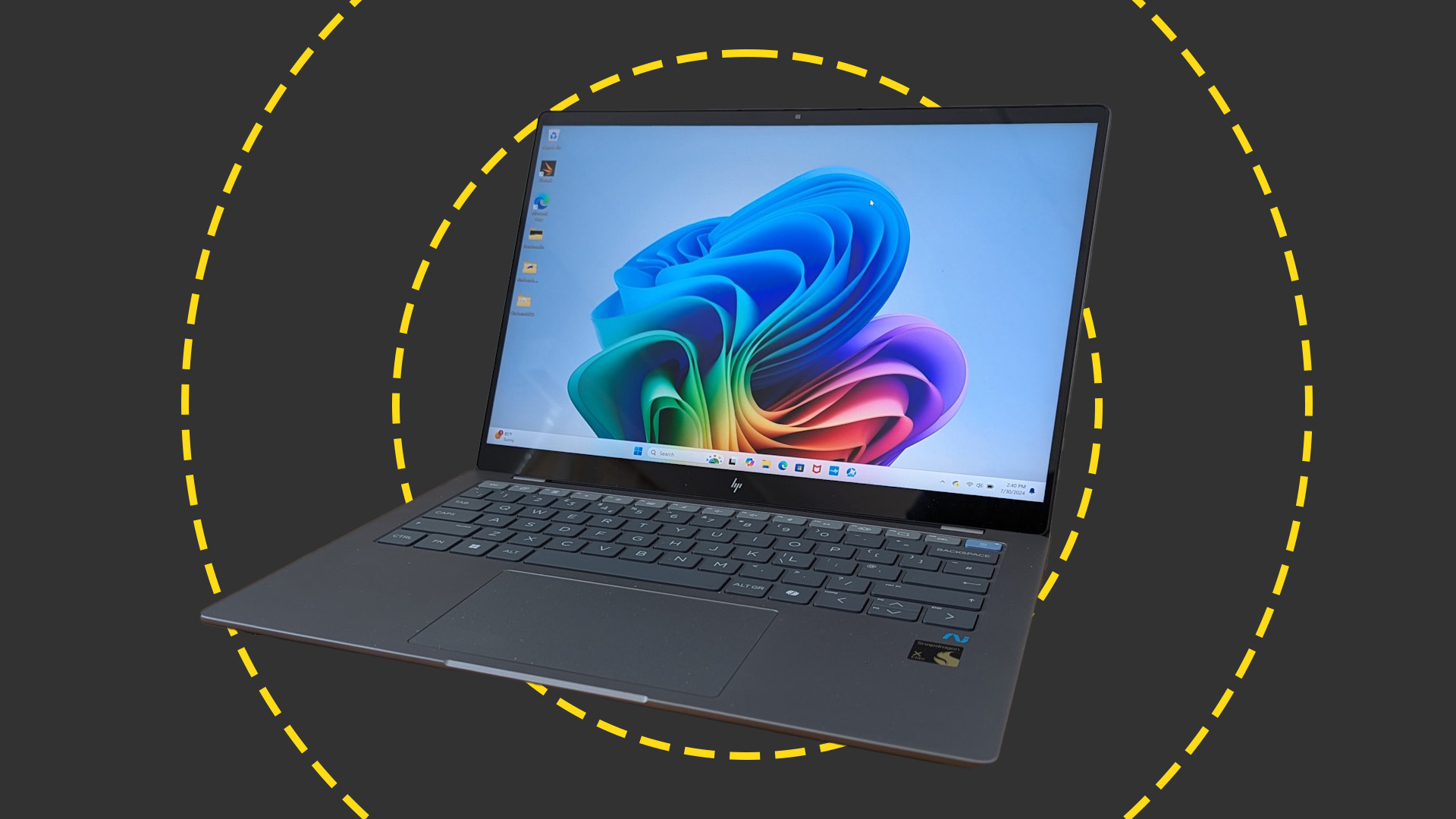
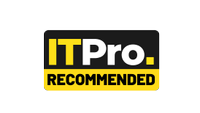 HP OmniBook X 14 review: Incredible battery life meets Copilot+ AI
HP OmniBook X 14 review: Incredible battery life meets Copilot+ AIReviews Ignore the slightly underwhelming screen and you have a brilliant thin-and-light laptop with AI capabilities and superlative battery life
By Stuart Andrews Published
-
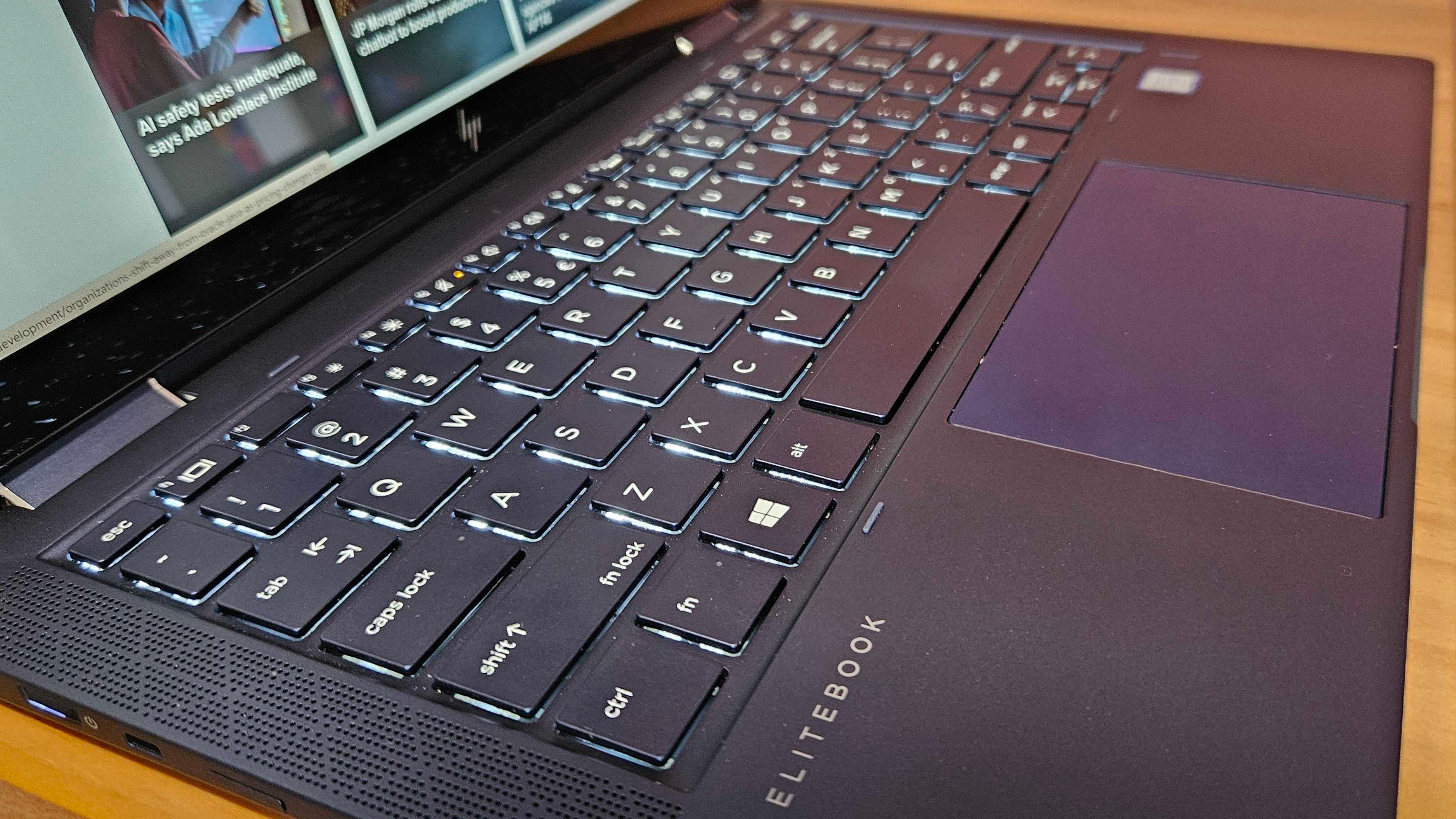 HP has scrapped its most compelling device as it aims for AI PCs — there is nothing like it left on the market
HP has scrapped its most compelling device as it aims for AI PCs — there is nothing like it left on the marketOpinion The HP Elite Dragonfly had everything you needed – a great battery, plenty of power, all the ports, and a fantastic display – until it was killed off
By Keumars Afifi-Sabet Published
-
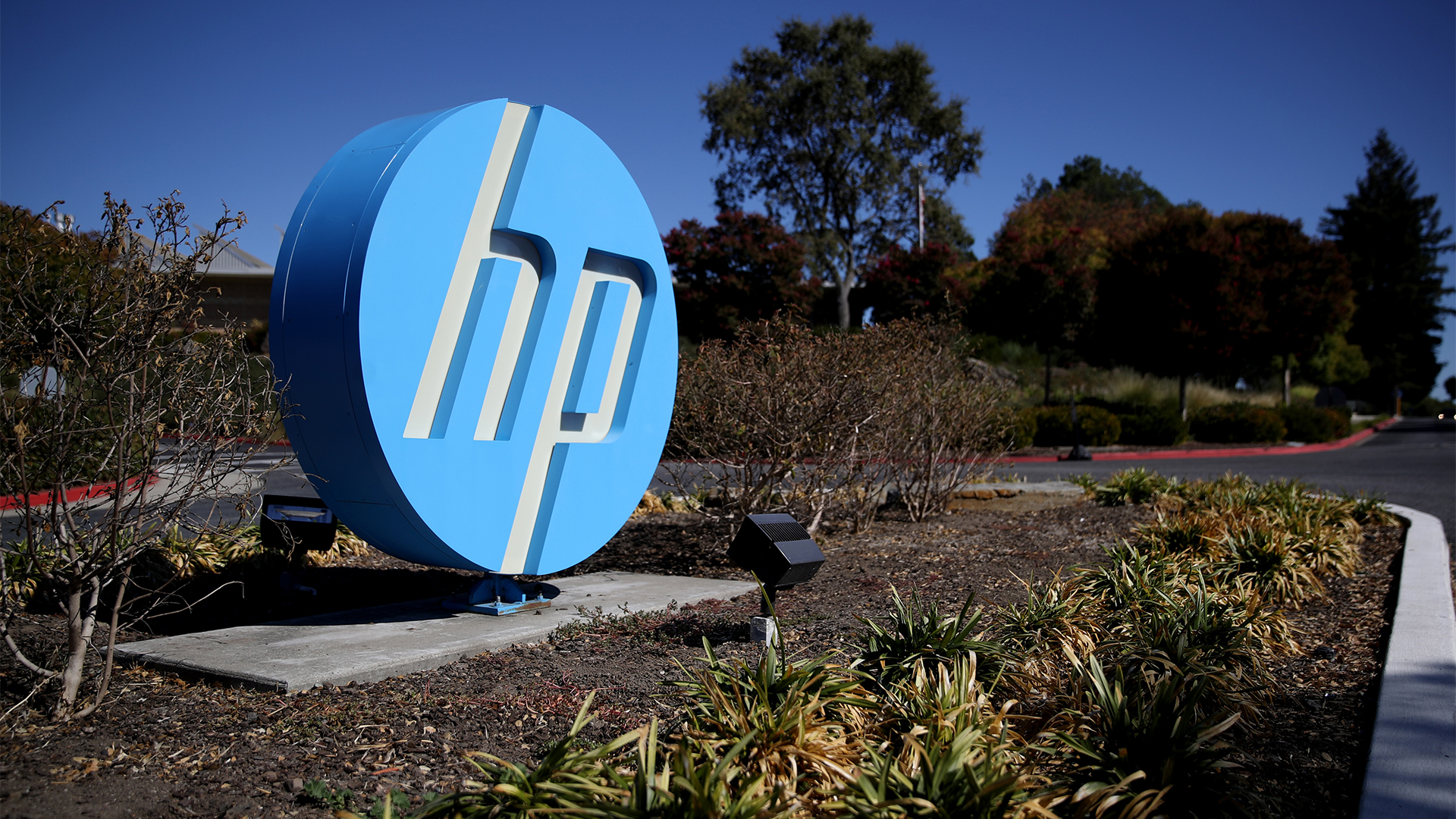 HP shows the AI PC ecosystem is starting to bear fruit — is it time for businesses to take note?
HP shows the AI PC ecosystem is starting to bear fruit — is it time for businesses to take note?Analysis The era of the AI PC may soon be upon us as software vendors start to realize the potential value of processing AI workloads locally
By Solomon Klappholz Published
-
 HP caps off its PC overhaul with the launch of the OmniBook Ultra 14 – its most powerful AI-powered laptop to date
HP caps off its PC overhaul with the launch of the OmniBook Ultra 14 – its most powerful AI-powered laptop to dateNews With the HP Dragonfly, Spectre, and Envy brands ditched in sweeping restructure of device portfolio, the OmniBook Ultra 14 marks the first major step into the era of the AI PC
By Solomon Klappholz Published
-
 HP just launched the world’s first business PCs designed to protect firmware against quantum hacking
HP just launched the world’s first business PCs designed to protect firmware against quantum hackingNews HP is worried about quantum security risks, so it’s upgrading devices to contend with future threats
By Ross Kelly Published